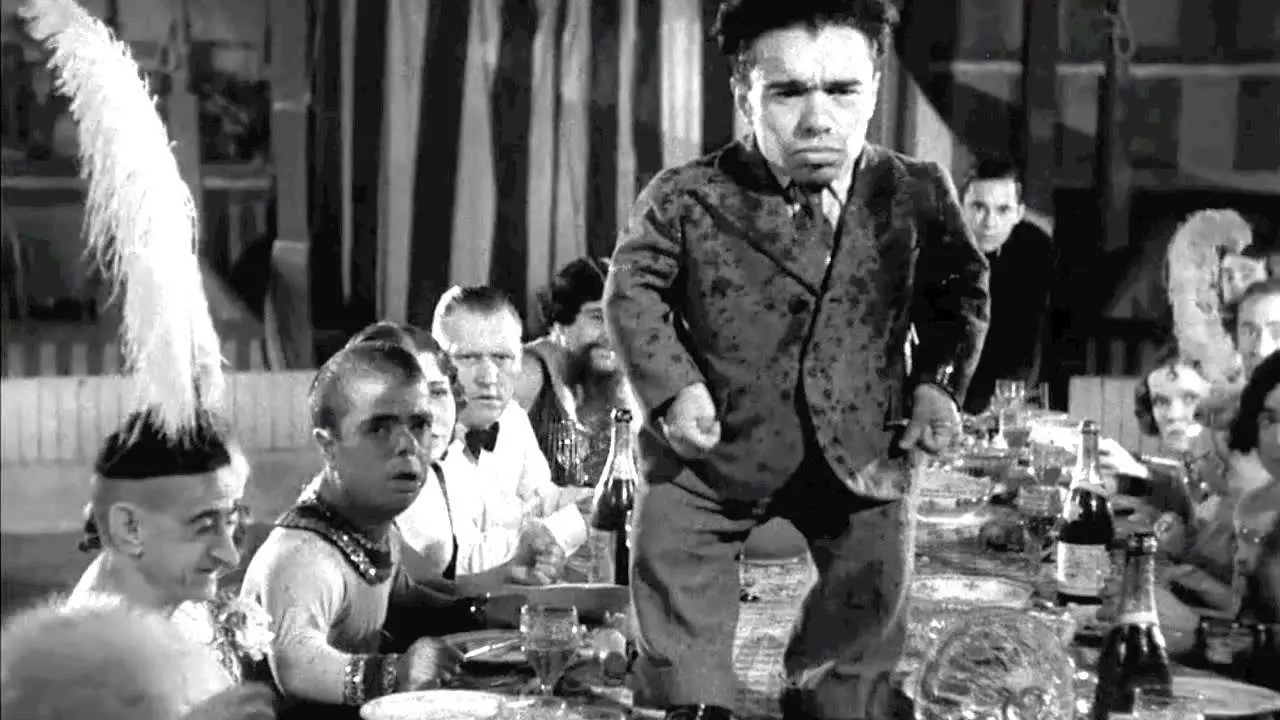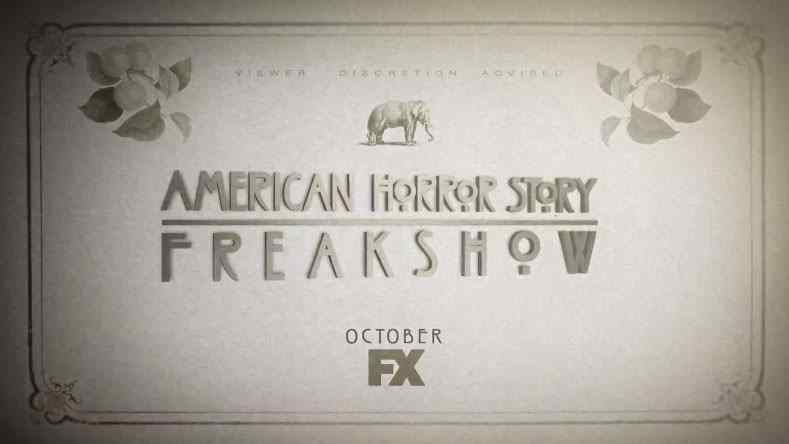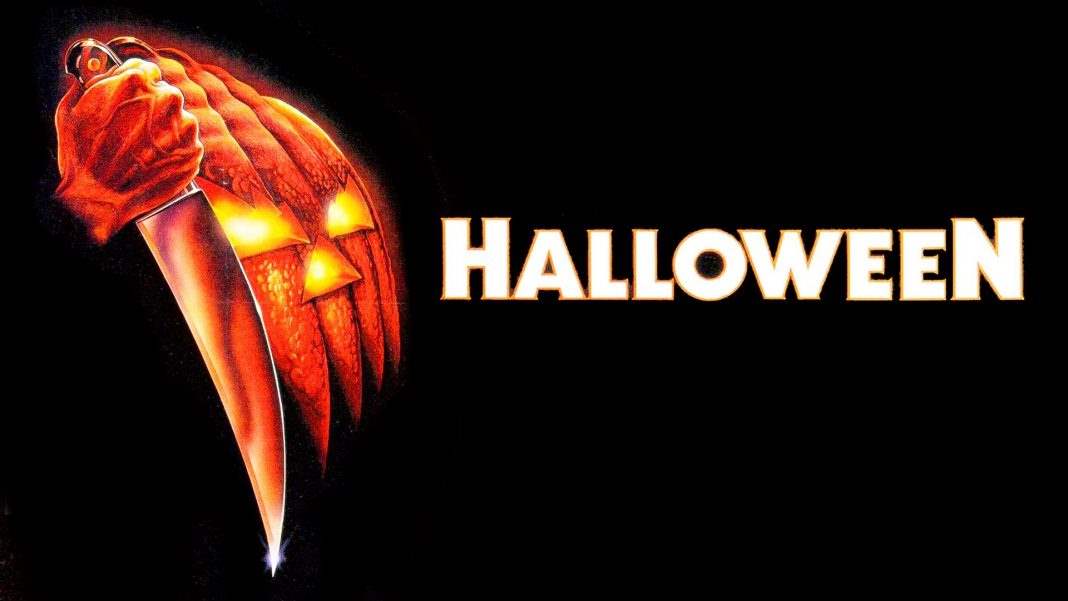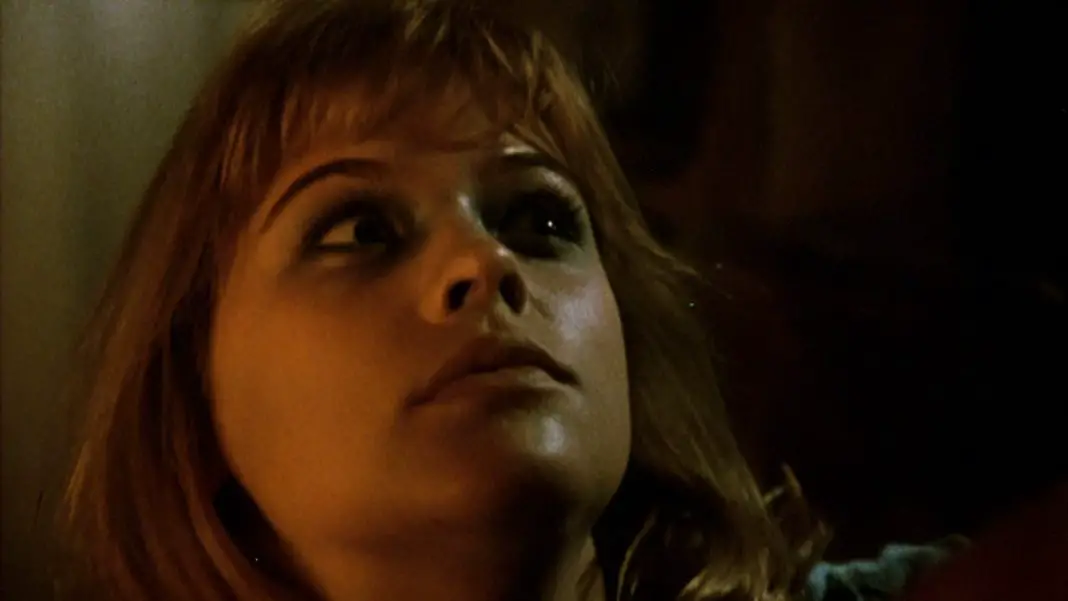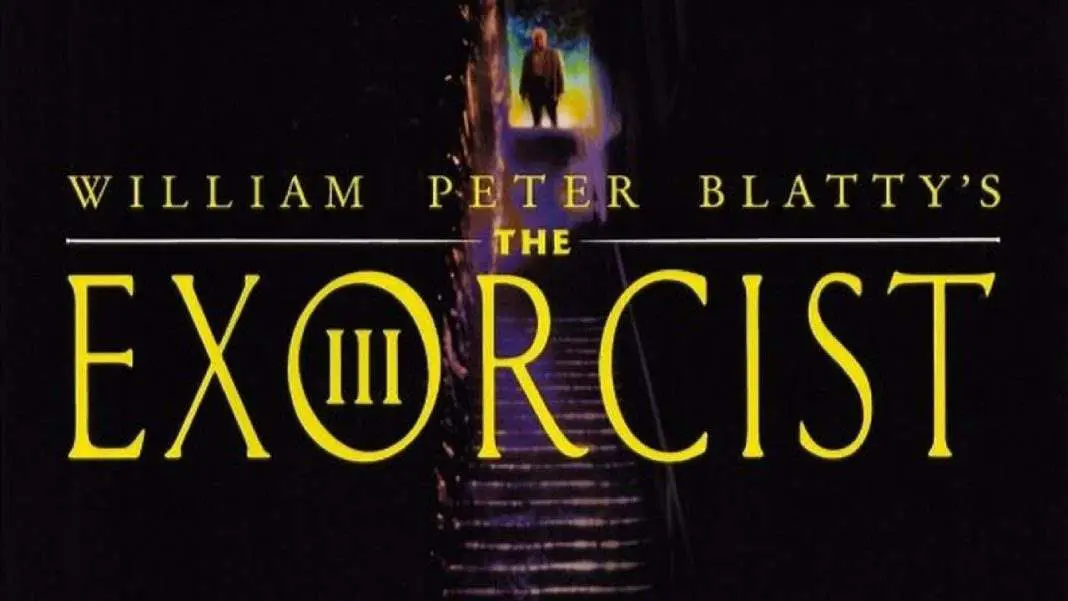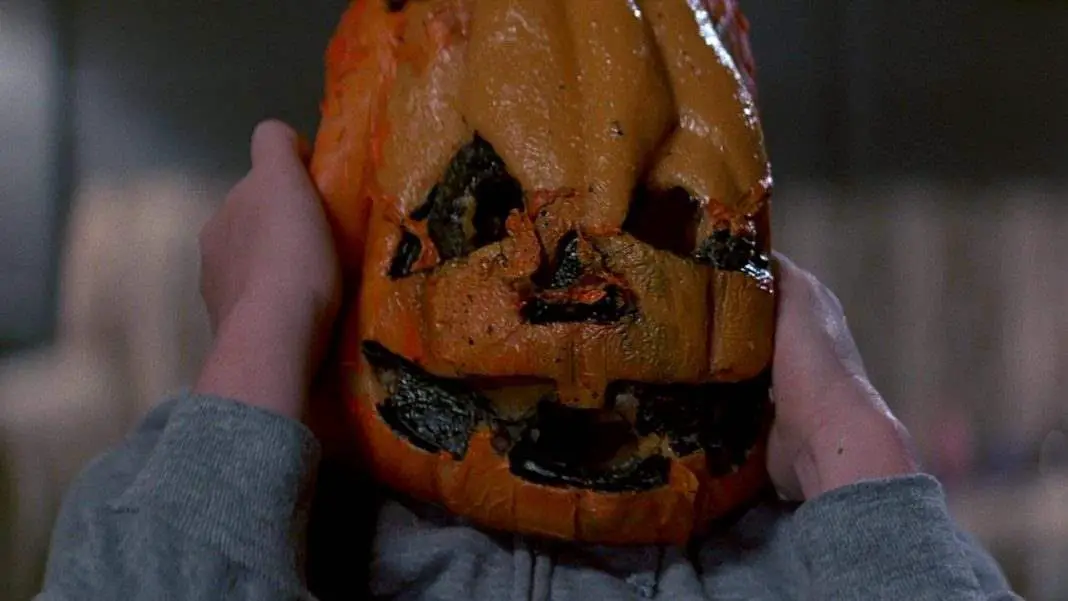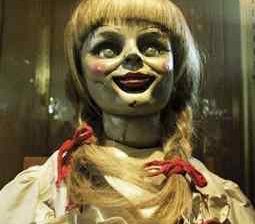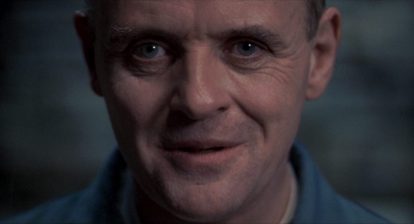Carnival themed horror seems to be on the rise, recently. The latest season of American Horror Story was divisive with fans—as is every season, really—but proved to be a major hit regardless. Clowns are appearing in more and more new features, not the least of which is the Eli Roth produced Clown. Examining them and their place in the genre is definitely grounds for an interesting study.
People are fascinated with clowns. Countless horror fans—and even some casual viewers—are all too eager to talk about how nothing scares them more than a clown. The pasty faces, the blood red lips, all admittedly unnerving imagery. A lot of people tie it back to watching It for the first time as a child.
But clowns are just a small part, a raindrop on the much larger umbrella that is carnival horror. It’s something that has lasted for years and years and is something I’m very sure will never disappear completely. People’s interest in carnivals ties into their fascination with small town life. Carnivals don’t happen in metropolitan areas, at least not the same way they happen in little, tucked away towns across the US. They’re a staple of picturesque Norman Rockwell America. And because of that, they provide a great tool for exploring the dark side of small towns and their inhabitants.
Early incarnations of carnival horror include Tod Browning’s Freaks and Herk Harvey’s 1962 Carnival of Souls. Both did their part for the genre, but Freaks is certainly the more famous and influential of the two. It makes for an interesting parallel with Browning’s previous film, Universal’s Dracula. Whereas Dracula is criticized for showing nothing at all, Freaks is an actual freak show. It’s exploitative and bizarre and definitely the kind of movie that could not get made today, probably for good reason. Just after Carnival of Souls in the 1960’s came the bizarre but certainly entertaining Vampire Circus. Despite its flaws, it’s still one of the most recommendable amusement park horror features.
Without a doubt, the most famous and seminal work of carnival-related horror is Ray Bradbury’s novel Something Wicked This Way Comes. The adaptation is also a terrific work of children’s horror and remains one of the darkest family films ever made. It’s about a carnival that arrives in a small Midwestern town and begins to have an effect on the residents therein. There’s a great parallel story between a young boy who wants to be a grownup and his father, who only wants to be young again, and we see the consequences of both. Much of the universal appeal of carnival horror is readily apparent in Something Wicked This Way Comes.A major theme that rides through this type of film is the recapturing of youth. Even though It was centered around a clown and not an entire circus, the theme of trying to recapture one’s youth is very apparent. In fact, that’s essentially the primary theme of It. Carnivals and fairs appeal to kids and even teens in a number of different ways, before growing older and seeing only the rust on the rides and the questionable attendees. Kids are fascinated by everything, while adults are mostly trying not to step in poop. These aren’t operated by major corporations like Disney, they’re small specks of dirt in comparison and perhaps because of that, their dark side is all the more apparent. That’s part of the main draw.
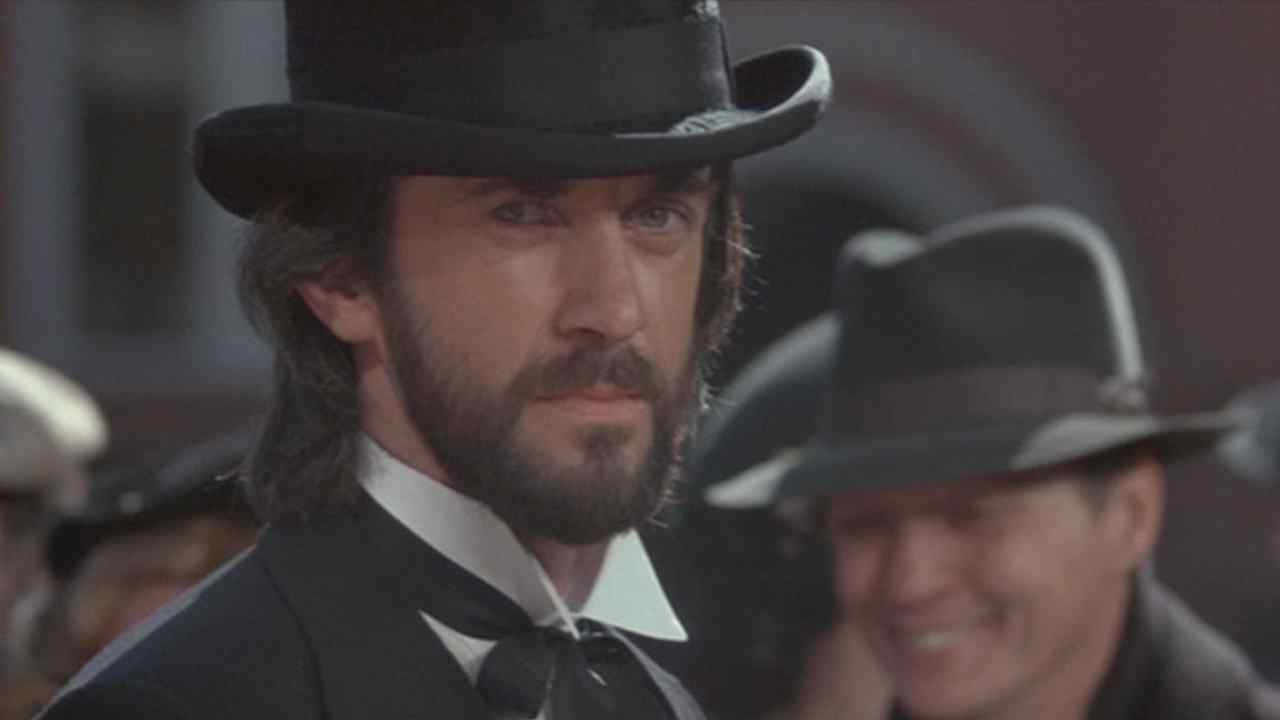 Another of the most obvious examples is Tobe Hooper’s The Funhouse, released just before the film adaptation of Something Wicked This Way Comes. It’s an early slasher that definitely has its admirers, but despite the gore and the impressive finale, it’s a really hard movie to sit through. It didn’t really do its part to make this sub-sub-genre relevant again.
Another of the most obvious examples is Tobe Hooper’s The Funhouse, released just before the film adaptation of Something Wicked This Way Comes. It’s an early slasher that definitely has its admirers, but despite the gore and the impressive finale, it’s a really hard movie to sit through. It didn’t really do its part to make this sub-sub-genre relevant again.
During the mid 1980’s there were many attempts to recapture what made Something Wicked This Way Come work. In the late 1980’s and early 1990’s, there was a particular fascination with carnival horror. All of a sudden, these movies were everywhere. Things like Killer Klowns from Outer Space, Ghoulies II, Howling VI: The Freaks, Blood Dolls, Clownhouse, a remake of Carnival of Souls and more. I’m a fierce defender of Child’s Play 3, but there’s no reason for the last third to take place at a carnival when the first two acts take place at a military school. During the 1990’s, practically every other episode of kid-themed horror shows like Goosebumps and Are You Afraid of the Dark involved a carnival. More than a couple episodes of Tales from the Crypt did so as well.
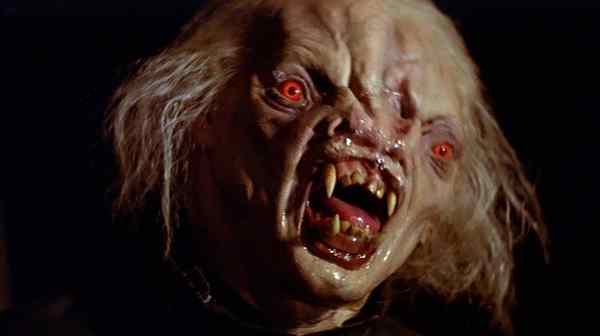 Carnival horror has remained a point of fascination from the previous and into the present decade. American Horror Story: Freak Show is the most prominent recent example. But there have also been movies like Amusement and The Devil’s Carnival which have established their own fans.
Carnival horror has remained a point of fascination from the previous and into the present decade. American Horror Story: Freak Show is the most prominent recent example. But there have also been movies like Amusement and The Devil’s Carnival which have established their own fans.
Whatever the fascination is, it’s incredibly persistent. There’s something inherently appealing about dark and unspeakable things going on behind the circus tents and Ferris Wheels. There’s a sense of youth and innocence about carnivals even though they really are exploitative and often cruel in nature. Carnivals are a perfect metaphor for looking at the world through children’s eyes and not seeing the horrors that are present right in front of you. We don’t know what’s going on in the fair grounds after they close, maybe we don’t want to know, but we speculate nonetheless. And it’s great fuel for a writer’s imagination to dream up the most disturbing answers to those questions. That’s why these features will never go away. Because as long as tickets are being sold, we will always come to see the show.
